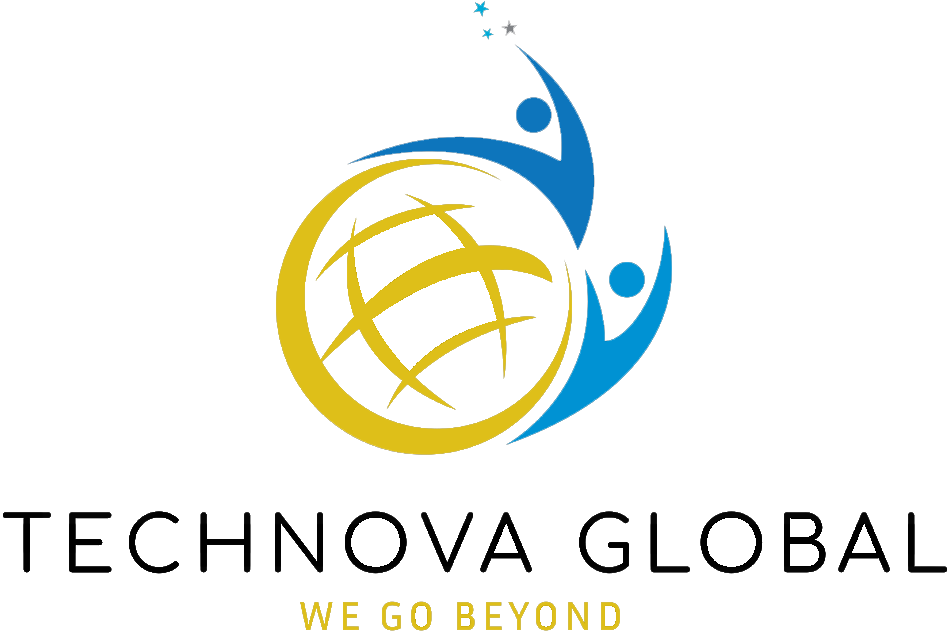The landscape of IT workforce solutions has undergone a dramatic transformation in recent years, accelerated by technological advancements and global events. This shift has led to the rise of remote work and the expansion of global talent pools, revolutionizing how companies approach IT staffing and project management. In this blog post, we’ll explore this evolution and its implications for businesses and IT professionals alike.
The Rise of Remote Work in IT
- Technological Enablers: The widespread adoption of cloud computing, collaborative tools, and robust cybersecurity measures has made remote work not just possible, but highly efficient in the IT sector.
- Pandemic Catalyst: While remote work was gaining traction pre-2020, the COVID-19 pandemic accelerated this trend, forcing companies to rapidly adapt to distributed workforce models.
- Productivity Gains: Contrary to initial concerns, many organizations have reported increased productivity and employee satisfaction with remote work arrangements in IT roles.
Tapping into Global Talent Pools
- Breaking Geographical Barriers: Companies are no longer limited to local talent pools, allowing them to access specialized skills from around the world.
- Cost-Effectiveness: Global hiring can offer cost advantages, especially for startups and SMEs looking to compete with larger corporations for top talent.
- Diversity and Innovation: A globally distributed workforce brings diverse perspectives, fostering innovation and creative problem-solving.
Challenges and Solutions
- Time Zone Management: While challenging, effective use of asynchronous communication and flexible scheduling can turn time zone differences into a 24/7 productivity advantage.
- Cultural Integration: Successful companies invest in cross-cultural training and create inclusive virtual environments to build cohesive global teams.
- Legal and Compliance Issues: Navigating international labor laws and tax regulations requires expertise, often necessitating partnerships with global employment organizations.
Best Practices for Embracing Global, Remote IT Workforces
- Robust Digital Infrastructure: Invest in reliable, secure technologies that facilitate seamless remote collaboration and work execution.
- Clear Communication Protocols: Establish guidelines for communication frequency, tools, and expectations to ensure team alignment despite physical distance.
- Result-Oriented Management: Shift focus from time-based to outcome-based performance metrics, emphasizing productivity and quality of work over hours logged.
- Continuous Learning Culture: Implement virtual training programs and knowledge sharing platforms to support ongoing skill development across your global team.
- Work-Life Balance Initiatives: Recognize the unique challenges of remote work and implement policies that support employee well-being and prevent burnout.
The Future of IT Workforce Solutions
- Hybrid Models: Many organizations are adopting hybrid models, combining the benefits of remote work with strategic in-person collaboration.
- AI and Automation in Recruitment: Advanced AI tools are streamlining the process of matching global talent with suitable roles, enhancing efficiency in recruitment.
- Gig Economy Integration: The IT sector is seeing increased integration of freelancers and contract workers, allowing for more flexible and scalable workforce solutions.
The evolution of IT workforce solutions towards remote work and global talent pools represents a paradigm shift in how we approach technology projects and team building. While challenges exist, the benefits of access to diverse skill sets, increased flexibility, and potential cost savings are driving this transformation forward. At Technova Global, we’re at the forefront of this evolution, helping businesses navigate the complexities of building and managing global IT teams.
By embracing these changes and implementing thoughtful strategies, companies can position themselves to leverage the full potential of a global, remote IT workforce, driving innovation and maintaining a competitive edge in the digital era.

